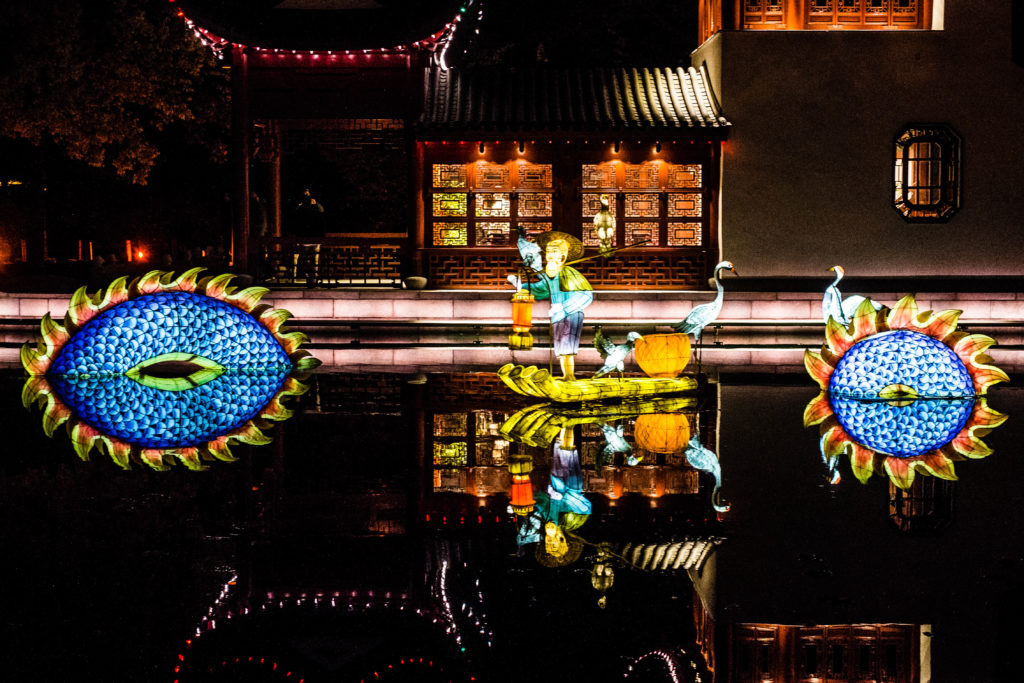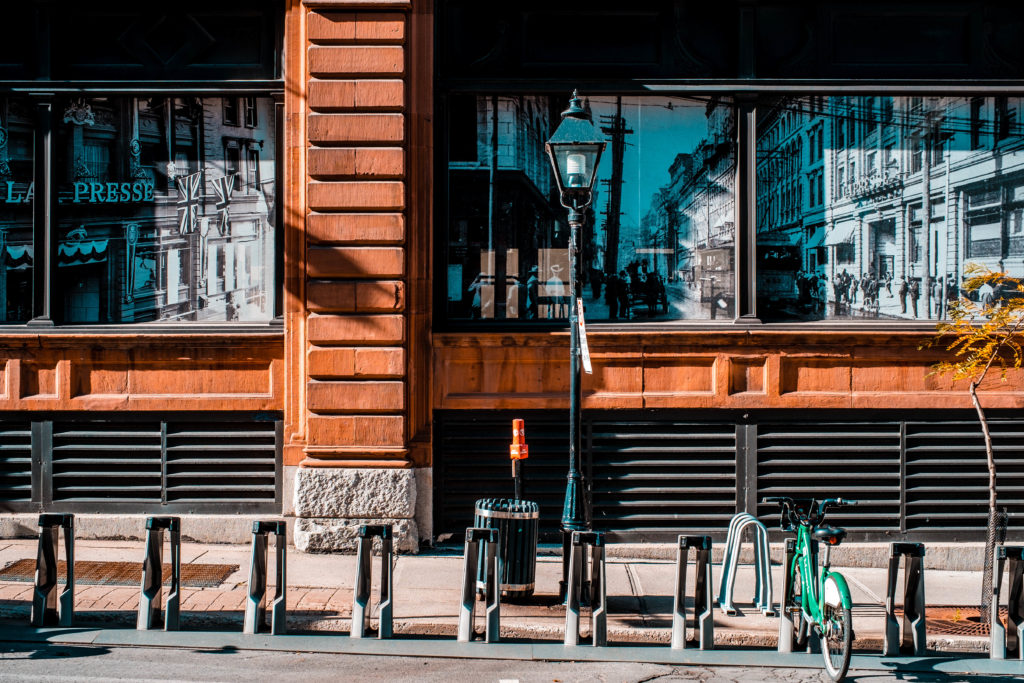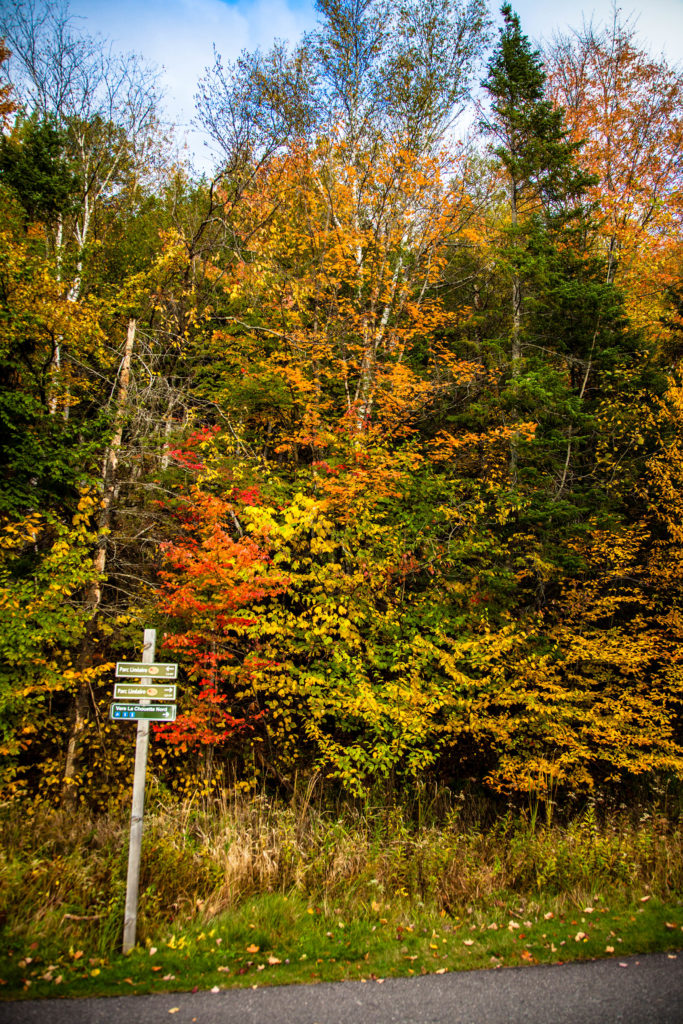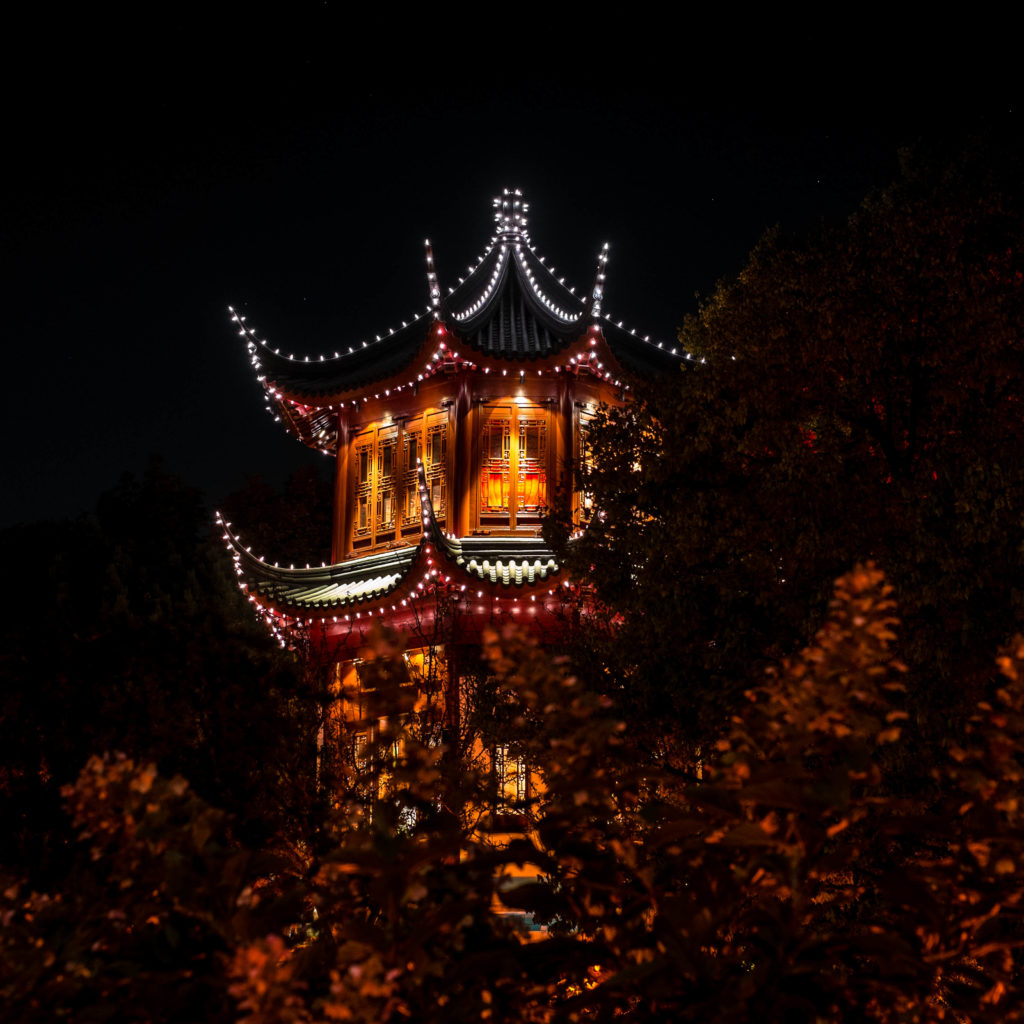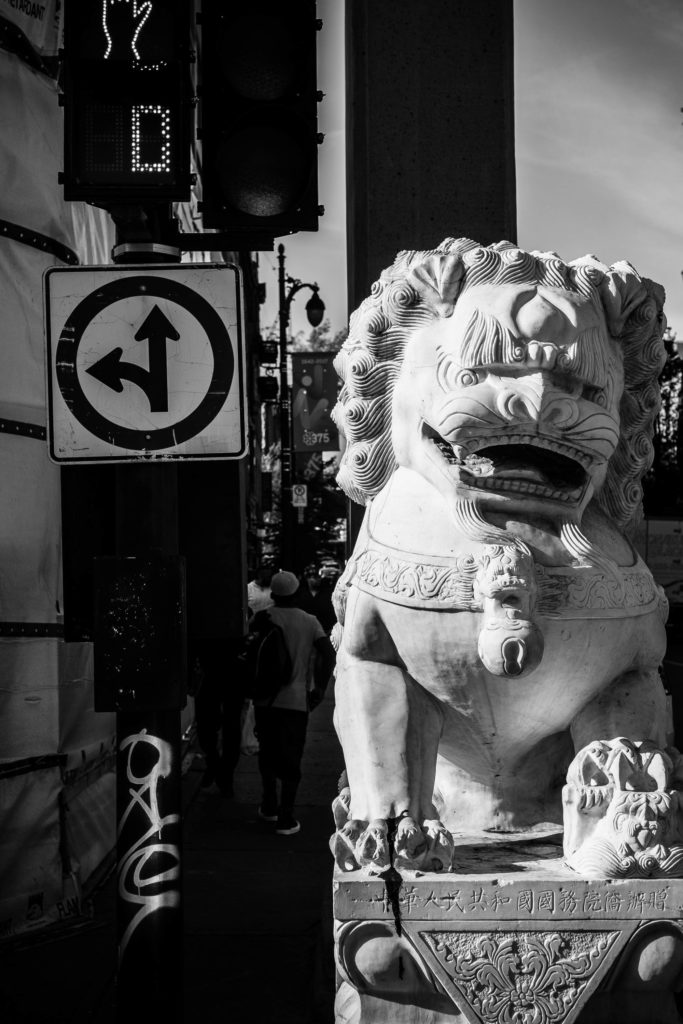
Author: hub
Beware of the monster (October 18th 2017)
Reflex, a new 35mm film camera design
Petapixel had the news about Reflex, a new 35mm film camera design:
The Reflex combines old, time-tested designs with exciting new ideas to create a brand new concept of what a manual film SLR can be for the modern generation of photographers.
Head over to the kickstarter page that explain it in more details. Here is the summary:
- Modern mechanical and electronic components.
- Interchangeable mount, by default with a M42 threaded mount, but optionally K, Nikon F, Canon FD, etc.
- Interchangeable back: 35mm film magazine.
- Built-in Flash and continuous LED light.
- Modular, “open-source” and connectivity (like Bluetooth Low Energy). The intent being to have open specifications for third-parties to provide accessories.
- Battery with USB charger.
Still at the Kickstarter level, already past half of its funding as I write this, on the first day, Reflex plans to ship in September 2018 with the specifications still subject to change. The pledge that gives the camera body in its barest configuration as a reward is at £350 (~CA$590). You get the M42 mount, no lens. I believe this is reasonably priced.
My thoughts:
It is good to see that there are some people interested in make film cameras, beyond the booming instant photography. Yes there is Japan Camera Hunter’s project of 35mm compact camera project but it seems to be just a project.
The supply in used film camera is nice, with quite many affordable units, but it won’t be eternal. Something fresh is definitely needed for the survival of film photography.
The design is also interesting. It doesn’t try to be too complicated or gimmicky, the two major innovations are the interchangeable lens mounts and the removable film back. The former is a dedication to reusing older lens, without having extra adapters, and the later solve one of the issue of film that we can’t change film type without finishing a roll (or hacking by rewinding the spool, been there, done that). Some would argue that the flash or continuous LED light are gimmicky, but the Bluetooth Low Energy part is interesting. I like geotagging and this seems to be the perfect fit. It would be terrific if we could get the exposure information and DX that way as well.
And with all the comments, Shootfilm has an opinion on the matter.
